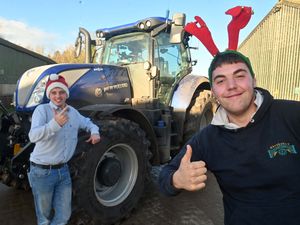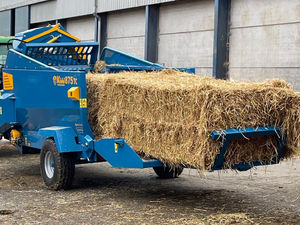The lowdown on new water rules for farmers
From April 2 new farming rules for water have been introduced to all farmers across England, which must be adhered to, regardless of whether or not the holding is already placed within a Nitrate Vulnerable Zone.
They seek to set a baseline of good farming practice in relation to the use of manures and fertilisers, preventing pollution and reducing soil erosion, which creates an overlap with existing requirements under cross compliance.
There are eight rules, which are split into five focusing on the management of fertilisers and manures and three on soil management:
1. The application of manure and manufactured fertilisers must be planned in advance to meet soil and crop nutrient needs and not exceed these levels. This includes soil testing at least once every five years and taking into account where there is a significant risk to pollution, such as, gradient of the land, land cover, proximity to watercourses and ponds, weather conditions and forecast, soil type and condition and the presence and condition of land drains.
2. Organic manure must not be stored within 10m of a watercourse or pond, or within 50m of a spring, well or borehole.
3. Manure and manufactured fertiliser must not be applied if the soil is waterlogged, flooded or snow covered, or has been frozen for more than 12 hours in the previous 24 hours and there is a significant risk of causing pollution.
4. Organic manure must not be spread within 10 metres of a watercourse or pond (or 6m if precision equipment used), or within 50 metres of a spring, well or borehole.
5. Manufactured fertiliser must not be applied to land within two metres of a watercourse or pond.
6. Reasonable precautions must be taken to prevent soil erosion and run off resulting from the application of manure and fertilisers, land management and cultivation practices and poaching of livestock.
7. Any land within five metres of a watercourse or pond must be protected from significant soil erosion by preventing poaching by livestock.
8. Livestock feeders must not be positioned within 10 metres of a watercourse or pond, or within 50 metres of a spring, well or borehole, or where there is significant risk of pollution from poaching entering any watercourses.
The Environment Agency are the regulators of these rules, and will use their formal enforcement powers, where necessary, to ensure compliance, focusing on known “non-compliant” farmers, as well on areas where the risk of pollution is higher.
Joanna Wall, McCartneys, Craven Arms





